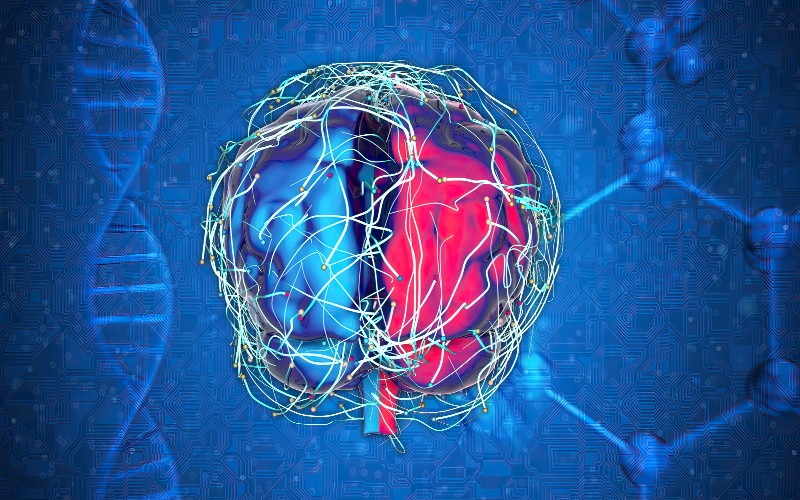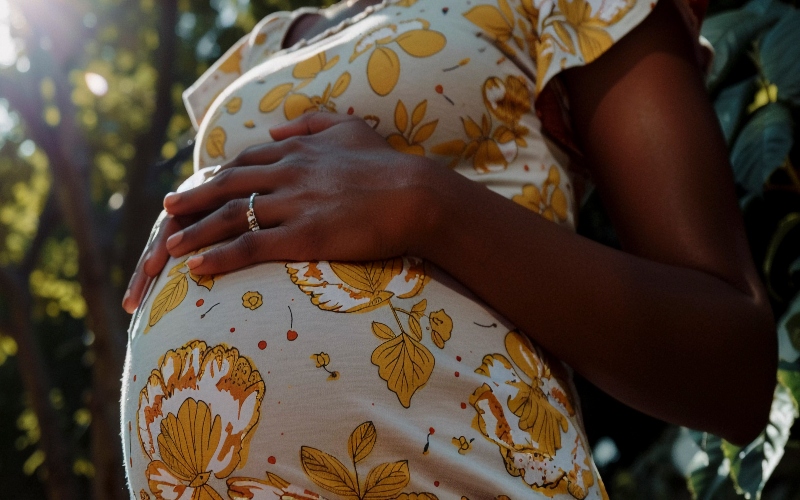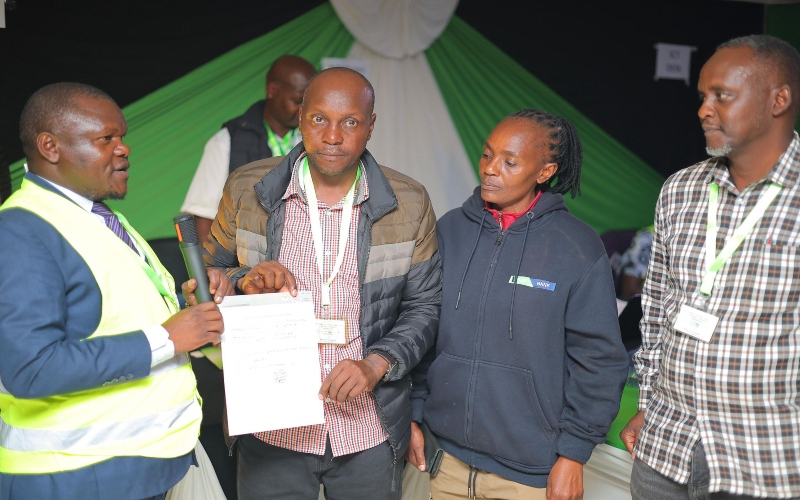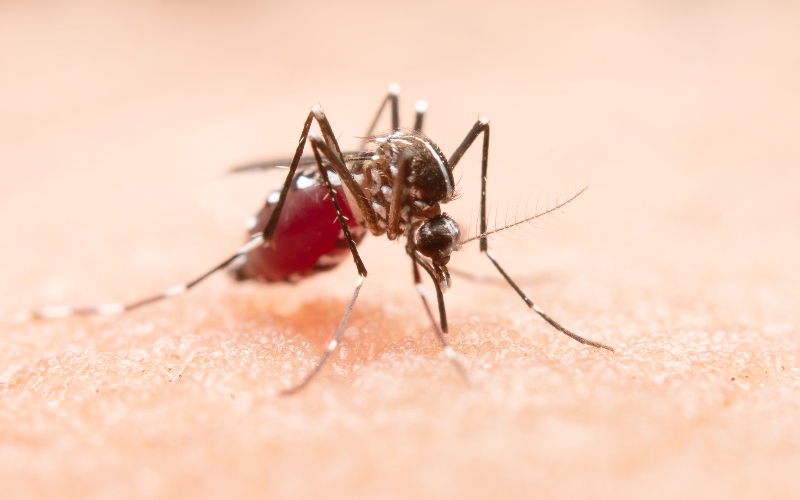Government tables Bill to boost inclusion of marginalised communities
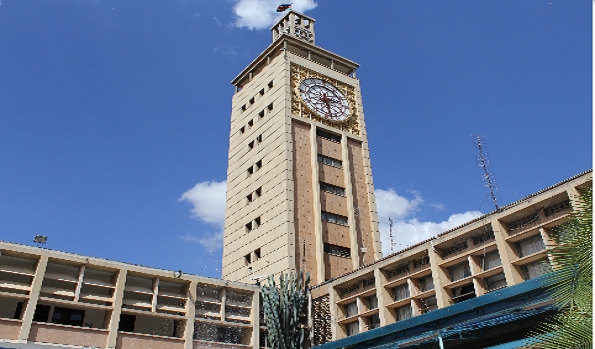
The Ethnic Minorities and Marginalised Communities Bill, 2025, now open for public input, outlines measures to ensure that every community is represented and actively involved in national development.
The government is moving to strengthen fairness and inclusion for historically marginalised and minority communities through a proposed law that addresses long-standing disparities in public appointments and resource sharing.
The Ethnic Minorities and Marginalised Communities Bill, 2025, now open for public input, outlines measures to ensure that every community is represented and actively involved in national development.
More To Read
- Nubian Rights Forum launches sensitisation drive to end marginalisation of minority groups
- Kwale’s marginalised communities seek recognition, fair treatment
- Gender and Equality Commission launches study to improve girls' education in marginalised regions
- 12 marginalised counties receive Sh4.46 billion boost in new revenue allocation
- MPs criticise government over unfair hardship area classification
- State unveils 1,236 projects to benefit 6 million Kenyans in marginalised areas
The legislation is designed to bring full effect to the equality and inclusion principles established in the 2010 Constitution.
Central to the Bill is the mandate that “Every public body shall, in the performance of its functions, ensure equality of opportunity and non-discrimination against members of recognised communities.”
It sets out a framework to guarantee that ethnic minorities are not excluded from opportunities in employment, training, and decision-making within public institutions.
President William Ruto has emphasised the need for national cohesion and equitable access to resources across Kenya’s diverse communities.
He has partnered with ODM to spearhead a broad-based inclusion agenda and has welcomed other parties, with Kanu recently joining the effort, to contribute to national unity.
The proposed law requires both government and private employers to actively promote the participation of marginalised groups.
Mechanisms may include special recruitment initiatives, apprenticeships, internships, and targeted training programs.
“The national and county governments shall ensure equitable representation of recognised communities in public service appointments, boards, commissions and decision-making bodies,” the law directs.
Public institutions, appointing authorities, and oversight bodies will be responsible for enforcing the inclusion measures and providing regular reports.
“Every public body shall, in its annual report, provide data on representation of recognised communities within its institution,” the Bill specifies, ensuring transparency and accountability.
The Bill also introduces the creation of the Unit for the Promotion of Minorities and Marginalised Communities under the Office of the President.
The unit will coordinate efforts to identify communities eligible for inclusion, collect relevant data, and guide government action.
Communities considered for protection and inclusion will have distinct cultural, linguistic, religious, or ethnic identities, smaller population sizes, and histories of social or economic disadvantage.
In addition to representation, the legislation addresses resource management to prevent conflicts over oil, minerals, and land.
It mandates “free, prior and informed consultation” for any project affecting community land or resources, with penalties of up to Sh1 million for non-compliance.
“Every recognised community shall have the right to free, prior and informed consultation in relation to any activity, programme or development project that may affect their land, resources, culture or livelihood,” the Bill states.
The draft law signals the government’s commitment to creating a fairer, more inclusive Kenya where every community can participate fully in public service, decision-making, and economic opportunities.
Top Stories Today
